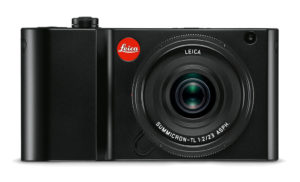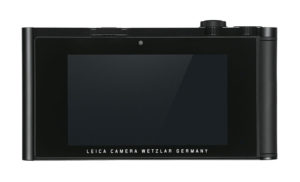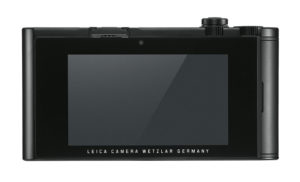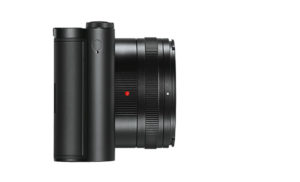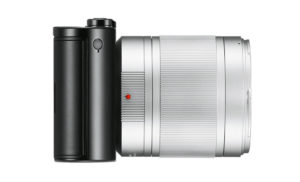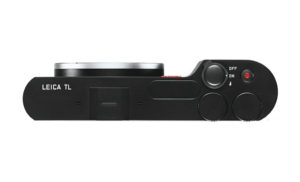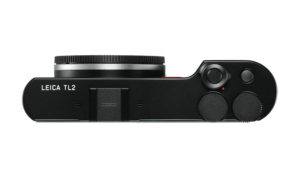Leica has announced the TL2, the third model in its range of mirrorless APS-C interchangeable system. Whereas the TL was a minor step up from the original T camera with its new body colour and a few other small improvements, the Leica TL2 brings more substantial hardware and software updates.
The body design remains very similar to the previous camera. It still lacks an integrated EVF, although an external viewfinder can be purchased separately, and all three T cameras share the same L mount as their more powerful sibling, the full frame Leica SL. A M lens adaptor is also available.
If you are curious to find out all the main differences between these two cameras, you can read our comparison preview below. At the end of the article, I also included an additional chapter that explains the main differences between the new TL2 and the original T camera released in 2014.
Ethics statement: The information supplied in this article is based on official specifications, press releases and our personal experience with Leica cameras. If we get the chance to test the two cameras side-by-side, we will publish a full comparison. We were not asked to write anything about these products, nor were we provided with any sort of compensation. Within the article, there are affiliate links. If you decide to buy something after clicking the link, we will receive a small commission. To know more about our ethics, you can visit our full disclosure page. Thank you!
1. Sensor and processor
The Leica TL relies on a 16MP CMOS sensor that was also used for the first generation Leica T and other premium fixed lens compact cameras from the German brand. The TL2 features a new CMOS sensor with 24MP.
The new sensor brings an improvement to low-light performance too: the TL2 has a range of 100 to 50000 ISO which extends the sensitivity by two stops in comparison to the 100-12500 range of the TL.

The new processor of the Leica TL2 also improves the start-up time and operation speed.
2. JPG and RAW compression
The TL has JPG Fine and Superfine options available in the menu. Superfine can also be selected when shooting in DNG+JPG mode.
The TL2 only has Fine compression but you can choose between uncompressed and lossless compressed with the DNG format (RAW).
3. Video capabilities
The TL can record video up to 29 minutes in 1080p or 720p at 30fps.
The TL2 adds 4K capabilities at 30fps and increases the frame rate in Full HD (60fps) and 720p (120fps).
4. Autofocus
The autofocus is a contrast detection system on both cameras but the TL2 gains more AF points: 49 versus the limited 9 areas available on the Leica TL. Additionally the new camera has a faster response of 165ms versus the 460ms of the TL.
Amongst the various focus modes, we find the same options including single point, multi zone, spot, face detection and touch AF.
5. Shutter
The Leica TL can shoot as slow as 30s and as fast as 1/4000s with its mechanical shutter.
The TL2 adds an electronic shutter option that increase the speed to 1/40000s.
6. Continuous shooting speed and buffer
The Leica TL can shoot up to 5fps and 12 images at full speed before slowing down.
The TL2 raises the speed to 7fps when using the mechanical shutter and 20fps with the electronic shutter. The buffer has been increased to 29 pictures taken at full speed.
7. Touch screen
The size and resolution of the fixed TFT LCD rear screen remains the same (3.7in, 854 x 480 per color channel) but Leica has improved the speed and responsiveness of touch operations on the new TL2 by 8 times.
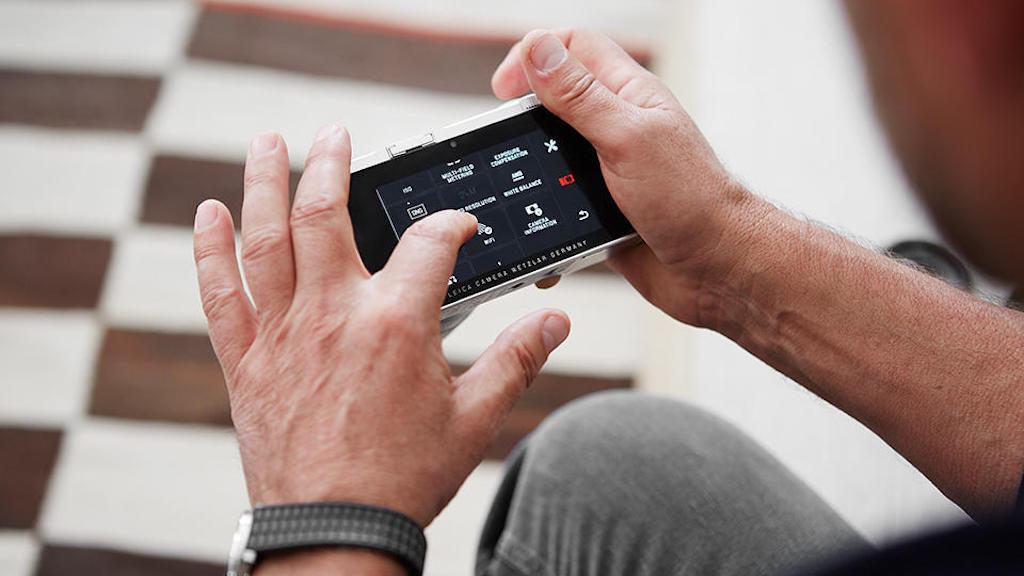
The menu system remains very touch oriented with large blocks that make the user experience intuitive. You can drag each setting to the customisable menu for quicker access.
The TL2 has a newly organised menu with 9 main sections so that users don’t need to scroll down to find a setting like on the TL. On the new camera, you can also “lock” the touch-screen to avoid accidentally pressing and changing something.
8. Design and buttons
Very little has changed concerning the design of the camera. One welcome improvement is that the edges are now chamfered which should make the grip more comfortable. The T and TL cameras, by contrast, have very sharp lines.
They are both made of a single block of aluminium. The TL is available in three colours: black anodised, silver anodised and titanium brown. The TL2 lacks the final colour option.
The TL features a built-in pop-up flash with 4.5GN (ISO 100). Leica got rid of the flash on the TL2 so you need to buy an external unit. Both cameras can sync up to 1/180s and flash compensation goes up to ±3EV.
Also note that the continuous shooting mode is not accessible from the Power On/Off switch anymore. This is to prevent users from accidentally engaging the featue.
Finally the movie recording button on the TL becomes a function button on the TL2. In addition to using it for video, you can trigger the playback mode or switch between LCD and EVF (optional).
9. SD card
Both cameras can house a single SD card in addition to the internal memory of 32GB. However the TL2 is compatible with the faster UHS-II standard.
10. Connections
The Leica TL has a micro USB 2.0 port, a micro HDMI output and a flash hot-shoe.
The TL2 upgrades the USB connection to the Type C 3.0 standard and the HDMI to Type D.
Both cameras can be charged via USB and feature Wifi connectivity.
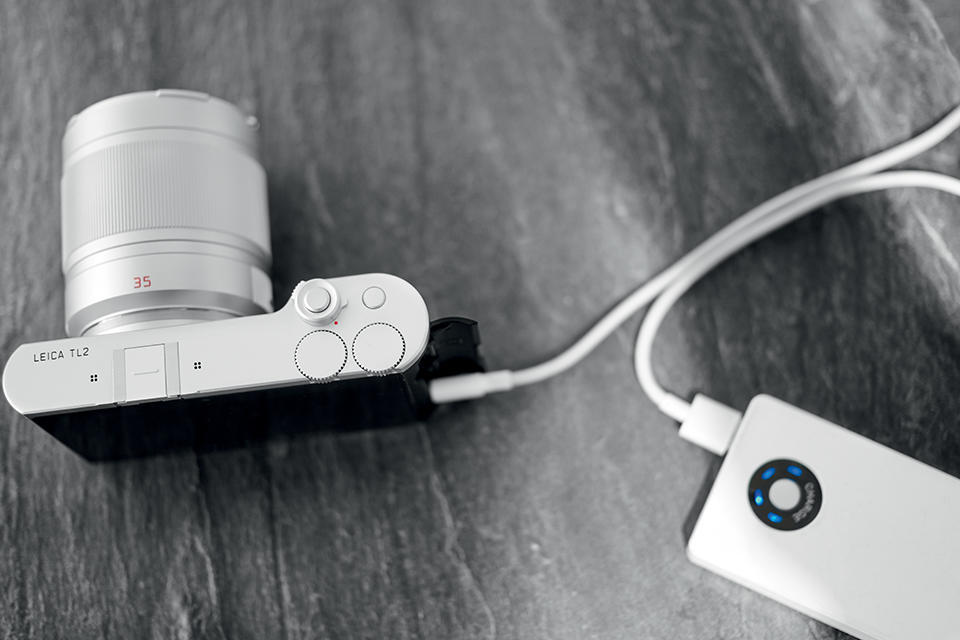
Differences with the original Leica T (Typ 701)
If you are wondering how the original T compares to the other two cameras, you can keep the information above as a general reference because the differences between the Leica T and Leica TL are minor. Here are the key differences:
- the original T lacks the third body colour (titanium coloured)
- the original T has a slower AF algorithm in continuous mode in comparison to the TL
- the original T has a 16GB internal memory instead of the 32GB disk found on the TL and TL2
- the original T lacks the MyCamera menu page where you can save your most used settings and presets
- the original T mobile app lacks some features in comparison to the TL app like sharing images by email or social profiles.
Conclusion
My experience with the T series is mainly connected to the original 2014 camera. Three years ago, the concept was fresh and different, especially the touch screen interface upon which the camera relies almost entirely to change the various settings. The only exceptions are the aperture and shutter speed that can be controlled with the two dials on top.
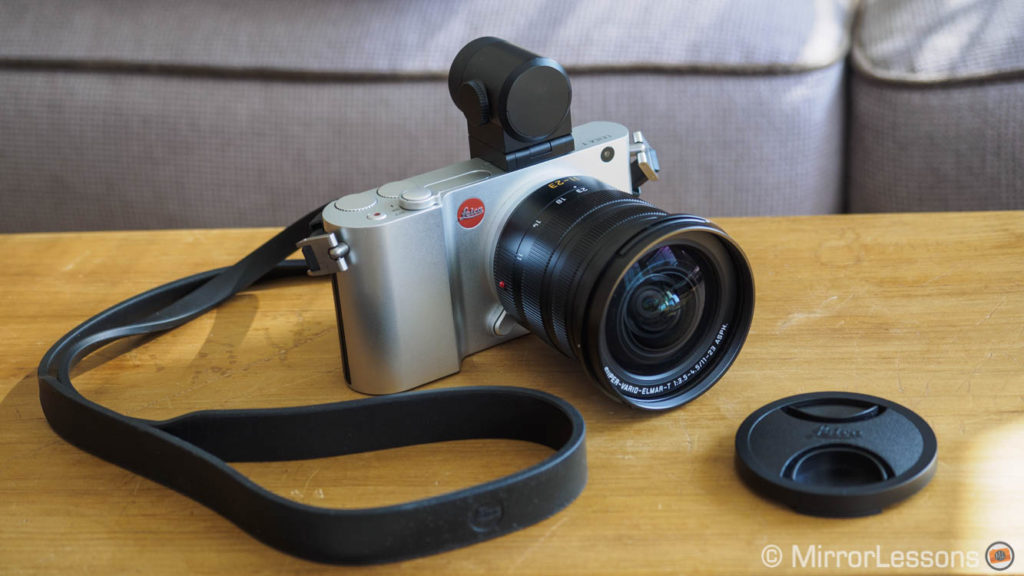
During my two weeks of testing, I came to appreciate the Leica T a lot despite its first generation flaws, slow AF and limited dynamic range capabilities in comparison to other cameras. The colour output was wonderful however and the lenses are compact and provide exceptional quality.
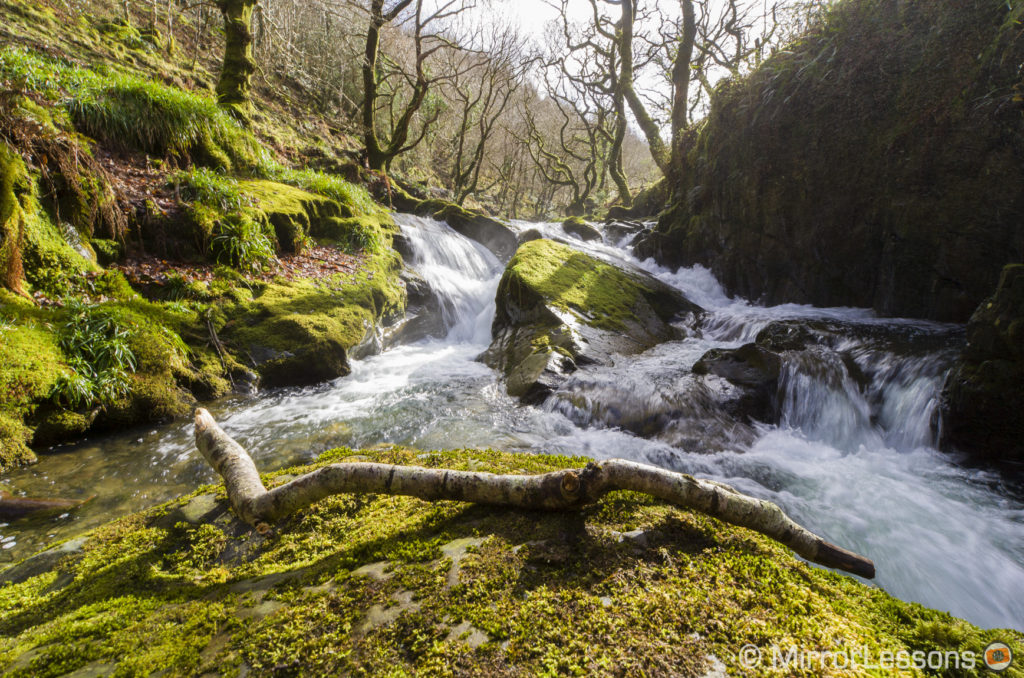
The build quality is, as always, pretty special but I’m glad Leica fixed the sharp edge issue of the first two models. The new sensor is welcome, as well as the improved AF system and overall responsiveness. The system now consists of 6 native APS-C lenses but you can add the full-frame SL lenses to the list as well. (But bear in mind that they are much heavier and will unbalance the camera.)
There is only one real limitation, in my opinion, and it’s the same old argument that comes up time and time again whenever the German manufacturer enters the spotlight: it’s an expensive system that doesn’t offer the same versatility as many of its competitors. The new TL2 will find its place within the same niche market as other Leica products and there is little doubt that Leica aficionados will appreciate the new entry.
Check price of the Leica TL2 on B&H Photo


